
Bristol
Bristol has ambitious growth plans, built on its strengths in creative industries, digital technology, and sustainability
As the UK’s first city to declare climate and ecological emergencies and the only city awarded European Green Capital, Bristol leads in climate action. Through its City Leap Energy Partnership, over £1bn will be invested in smart, sustainable energy projects, attracting private investment for net-zero initiatives.
The city is driving sustainable regeneration, balancing the demand for housing, job creation, and enhanced public spaces. This approach offers investment opportunities for partners aligned with Bristol's long-term vision.
Economic snapshot
Bristol: A major hub for innovation and business, a leading centre for creative industries, with world-class universities and a growing, vibrant population.
-
Bristol is the 2nd most innovative city in the UK (Paymentsense)
-
Home to two world-leading universities
-
Bristol named the UK's 3rd largest business hub (The Business Magazine)
-
Boasts a population of nearly 500,000
Investment showcase
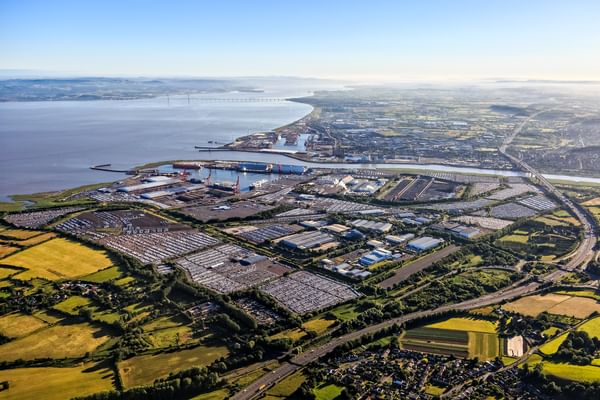
Avonmouth
Avonmouth is at the centre of Bristol’s industrial, warehousing, energy generation and recycling, and new value-adding ‘circular economy’ activities.
The area is looking to attract more advanced manufacturing and engineering companies on a ‘net zero’ model, and to expand its ‘circular economy’ activities.
At the same time the logistics sector will continue to grow, but, as connectivity and infrastructure improves this will be balanced with manufacturing and processing, a focus on emerging opportunities in food, construction, aerospace and other advanced engineering. All this will offer higher quality jobs to benefit local communities. Find out more
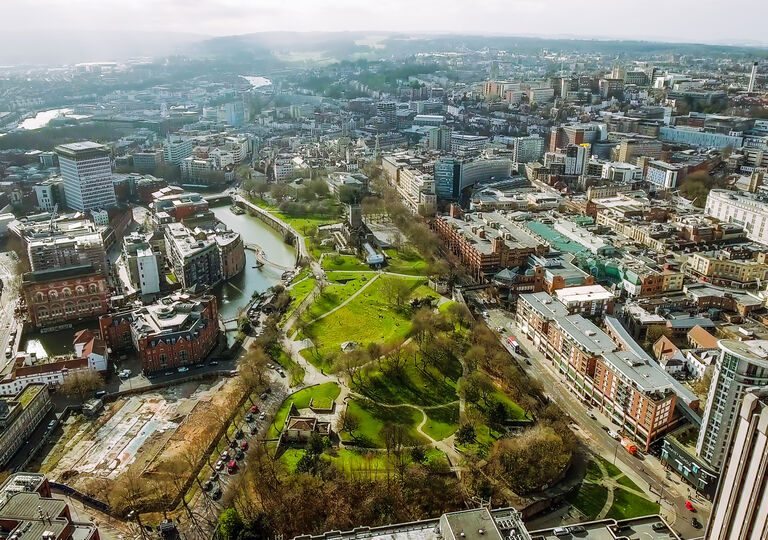
Bristol city centre development and delivery plan
Bristol City Council is working with local residents, businesses, landowners, developers and other stakeholders to guide to the long-term regeneration of central Bristol. Endorsed by Council Cabinet in December 2023, a City Centre Development and Delivery Plan (DDP) has been prepared to act as a “material consideration” in determining planning applications and a guide to the Council’s future investment decisions. The plan identifies what needs to be done to:
- Create inclusive and sustainable economic growth
- Provide quality homes for Bristol’s growing population
- Create jobs and opportunities in places that people can reach sustainably
- Support a thriving leisure and retail sector and night time economy
- Respond to the climate and ecological emergencies
- Provide quality public places and a green and healthy environment.
The plan is in two parts, and can be found on the planning pages of Bristol City Council’s website at Supplementary planning documents, practice notes and other planning guidance (bristol.gov.uk).
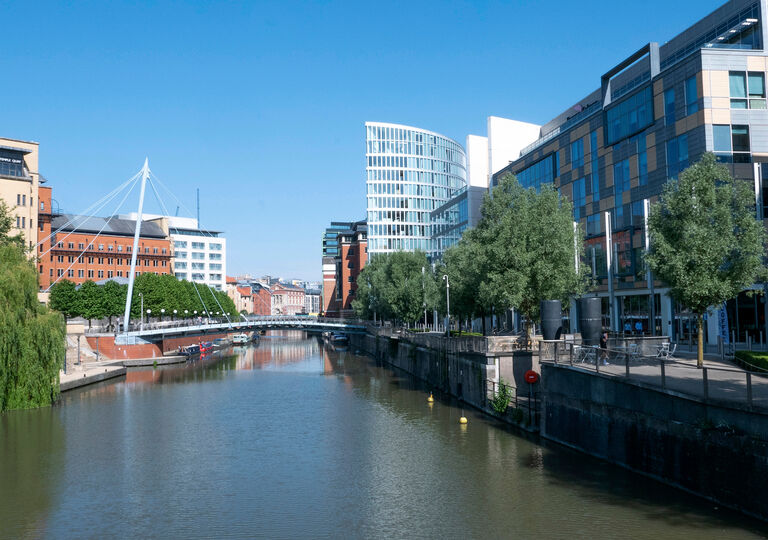
Bristol Temple Quarter
Bristol Temple Quarter will transform 135 hectares of land in the centre of Bristol over the next 25 years. The regeneration programme will create at least 10,000 new homes, over 22,000 jobs and bring a £1.6bn boost to the regional economy each year.
At the heart of the area, the Grade 1 listed Bristol Temple Meads station will be renewed, with new entrances, improved passenger facilities, and new development nearby to create a world-class welcome to the city-region.
At St Philip’s Marsh, there is an opportunity to deliver nationally significant numbers of new homes and employment opportunities, alongside the infrastructure needed to create high-quality living.
The University of Bristol’s £500m investment into its new Enterprise Campus is already catalysing change in the area, with a focus on digital and technologies, a key government growth sector.
For further information, please visit: Bristol Temple Quarter
(Image credit: Bristol Design)
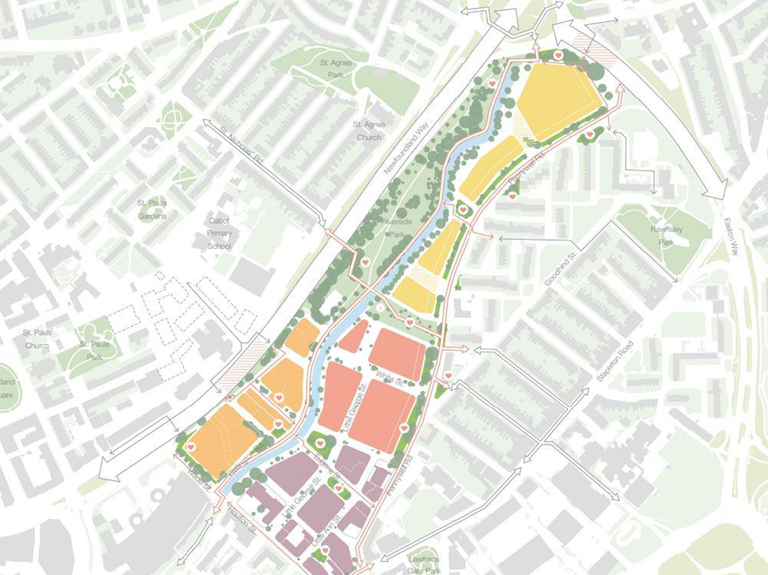
Frome Gateway
Bristol City Council is working in partnership with the local community to guide and shape the long-term transformation of the land either side of the River Frome in St Jude’s, known as Frome Gateway, located just to the north of the Cabot Circus regional shopping centre.
Our ambition is for Frome Gateway to become an exemplar neighbourhood recognised for high-quality and sustainable design and construction, its unique identity and community spirit, and its ability to support communities to live healthy and sustainable lifestyles. We want the regeneration of Frome Gateway to be a bold and ambitious response to the climate and ecological emergencies and are exploring this as a priority design theme.
To do this, the Council endorsed a Regeneration Framework for this 15 hectare with a number of ambitious targets, including 1000 new homes and 22000 sq m of new employment space. For further information please visit Frome Gateway.
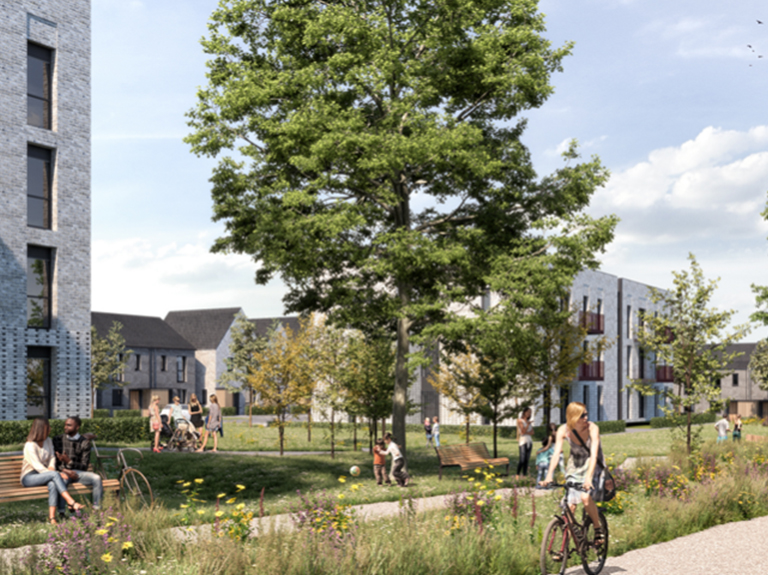
Housing delivery in Bristol
Bristol City Council is delivering over 600 new homes in the next five years, with a long-term plan for further development. Through Goram Homes, the Council is working with developers to accelerate housing delivery and is exploring establishing a council-owned Registered Provider to improve temporary accommodation provision.
The recently adopted Homes for Bristol Interim Affordable Housing Delivery Plan reinforces the city’s commitment to affordable housing and outlines a strategy to address key challenges. The plan focuses on:
- Meeting Affordable Housing Need – prioritising social rent while recognising the role of other tenures.
- Place-Based Approach – targeting priority areas for investment and linking to wider council strategies.
- Partnership Working – collaborating with housing providers, developers, and community-led initiatives.
- Maximising Council Assets – adopting a One Council approach to prioritise affordable housing delivery.
This two-year plan provides a framework for future policy and funding changes, ensuring continued progress in delivering new affordable homes.
For more information, please visit www.bristol.gov.uk.
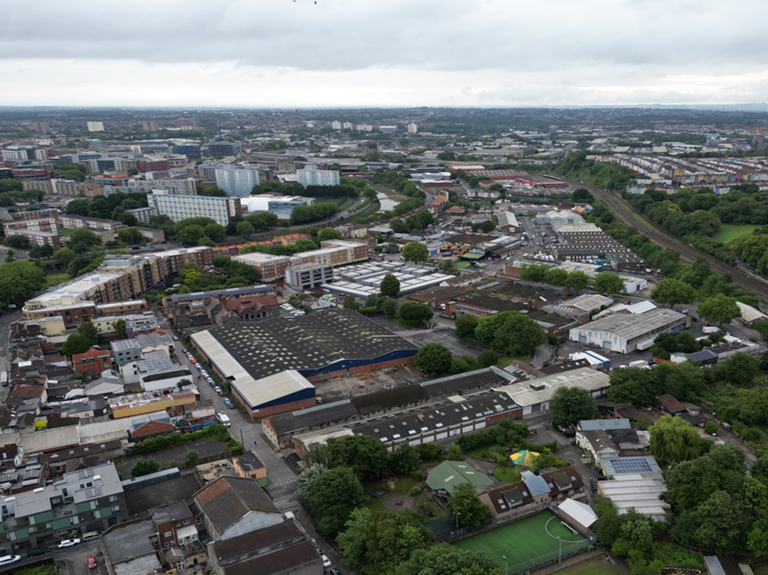
Industrial intensification and co-location
Bristol has a growing population and need to provide more housing in sustainable urban locations. At the same time we face strong demand for industrial and employment space, and vacancy levels for industrial across the city are low. Bristol City Council is keen to explore new forms of development that enable us to use land as efficiently as possible to help us meet these challenges.
Industrial intensification and co-location with residential are under active consideration as delivery solutions. Given the emerging nature of this market, thinking is at an early stage. Bristol City Council is eager to hear from developers, funders and managing agents providing similar spaces in other locations or looking to enter the market, and who are interested in seeing such space come forward in Bristol.
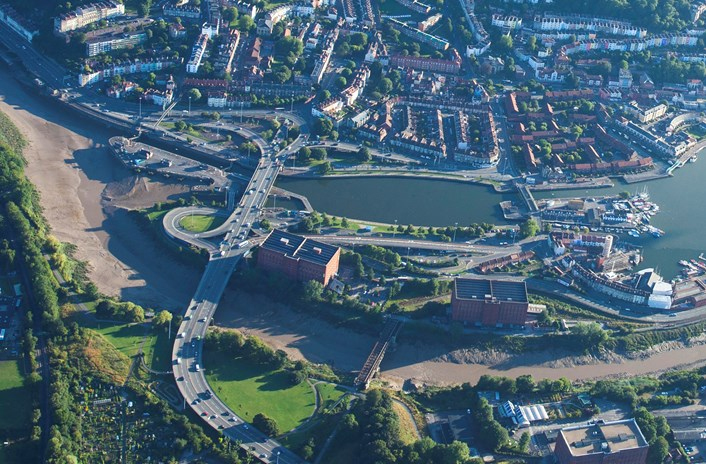
Western Harbour
Bristol’s harbourside has become one of the city’s best loved destinations – a place where people increasingly want to live, work and spend their leisure time.
The Western Harbour area provides an opportunity to unlock space for sustainable and affordable homes close to the city centre, create new jobs, provide sustainable travel options, create good-quality public space, and improve access to the water.
A draft masterplan for the area was published in February 2025. Comments from the public are now being considered, with the intention being for a draft to be put to Bristol City Council's Economy and Skills Committee for approval in Summer/Autumn 2025. For further information visit here: What's on the horizon for Bristol's Western Harbour?
(Image credit: Bristol Design)
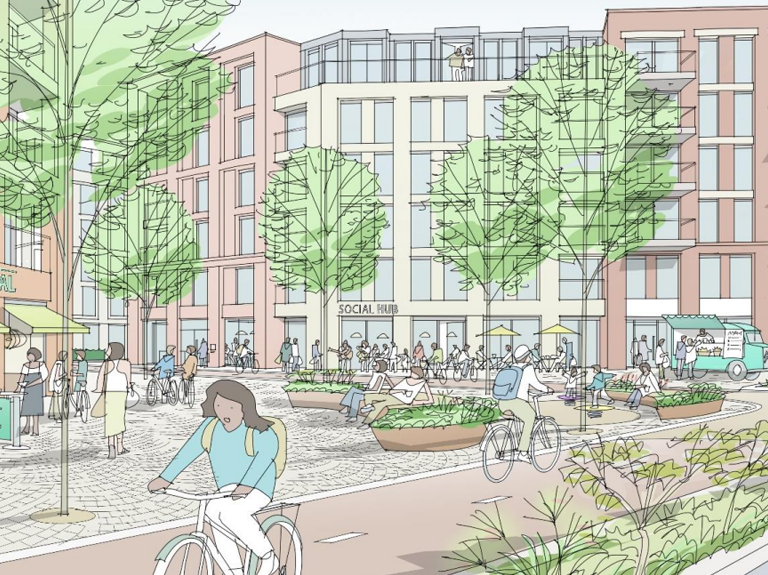
Whitehouse Street Regeneration Framework
The Whitehouse St Framework was endorsed by Bristol City Council Cabinet in March 2023. The Framework sets out the vision for the regeneration of the area, informed by extensive engagement with the local community, and will guide and shape redevelopment proposals to support the transition to a genuinely mixed-use neighbourhood in Bedminster. New homes, employment floorspace (including industrial space) and community space will be delivered and help revitalise this area, support businesses on nearby East St and Bedminster Parade and facilitate the integration of the existing community with new residents and businesses moving into the area.
The regeneration of the Whitehouse Street will deliver:
- Around 2,000 new homes.
- Up to 15,000m2 of employment space to ensure no net loss of jobs across the regeneration area, and the potential for jobs growth.
- New and improved active travel routes connecting Bedminster to Temple Meads and the city centre.
- New community infrastructure.
- Improved public realm including new street trees and planting and pedestrian public spaces.
(Image credit: Stride Treglown)
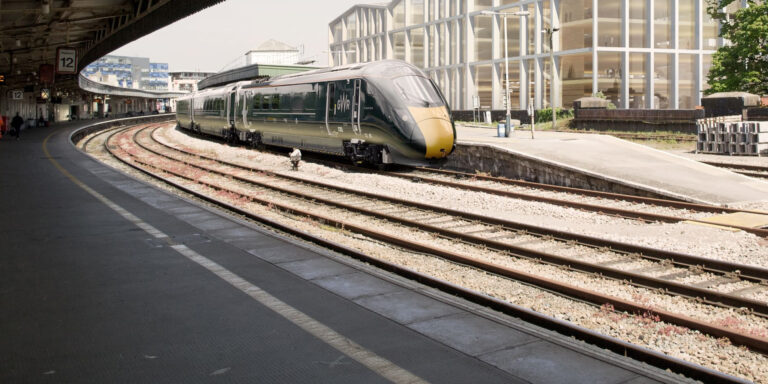
Bristol's enterprise zone
Temple Quarter is one of the UK’s leading regeneration and infrastructure development programmes. Home to financial and professional services, and creative hub.
Infrastructure enablers for growth
Investment in infrastructure is key to delivering regeneration and growth in the city with a key focus on flood defences and investment in mass transit.
Flood defence
Bristol City Council is working with the Environment Agency to deliver a long-term plan to better protect homes and businesses from flooding and enhance the River Avon for all in a way which works for Bristol year-round. Defences will provide new green spaces, better access to the river, enhanced heritage features, and improved transport connections. Find out more
Regional and local mass transit
To make Bristol a more attractive place to live, work, and visit, the city is enhancing its transport network to support the economy, improve the urban environment, and create people-friendly spaces. Building on the success of the metrobus, Bristol is working with neighbouring authorities to boost public transport efficiency, capacity, and reliability, while also investing in local rail stations and service frequency improvements.
